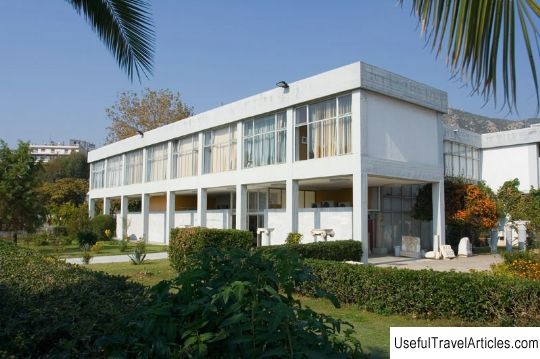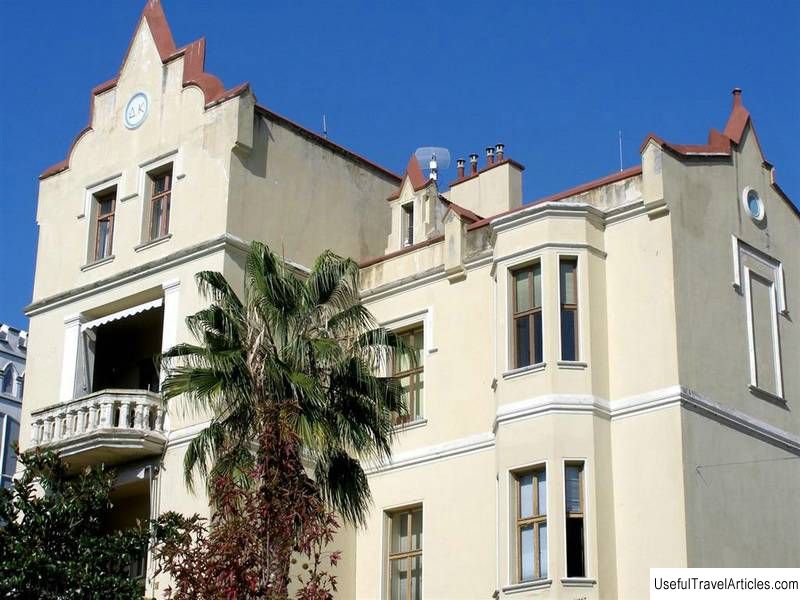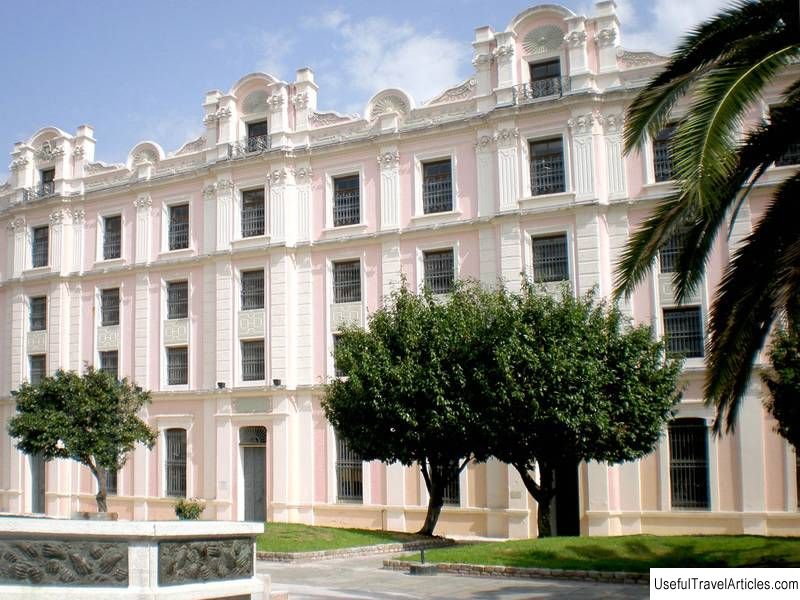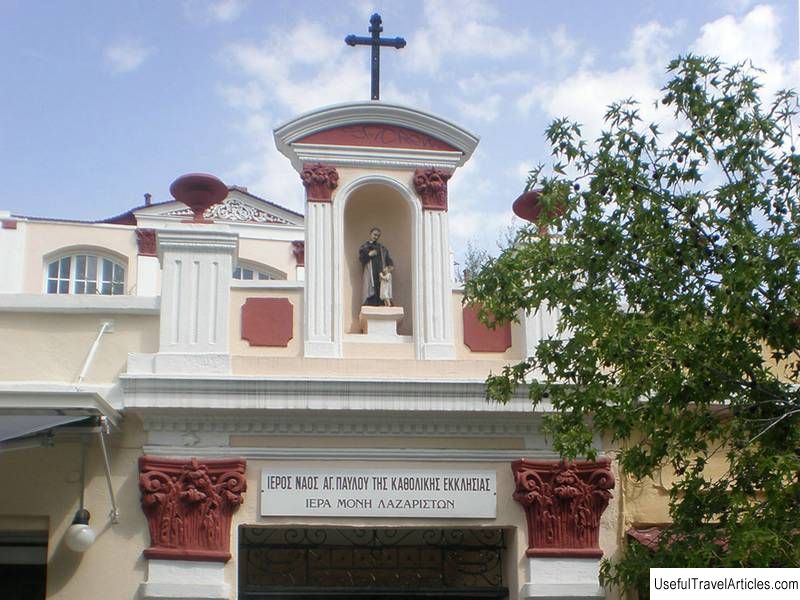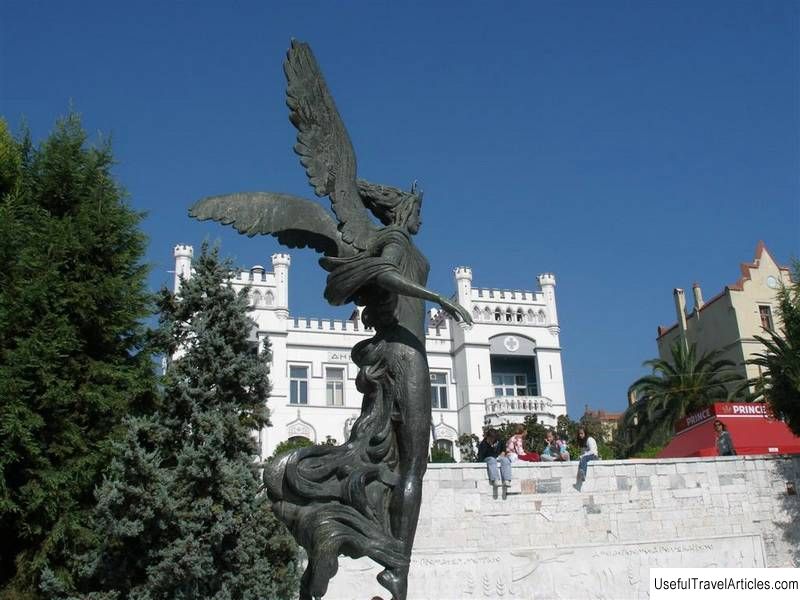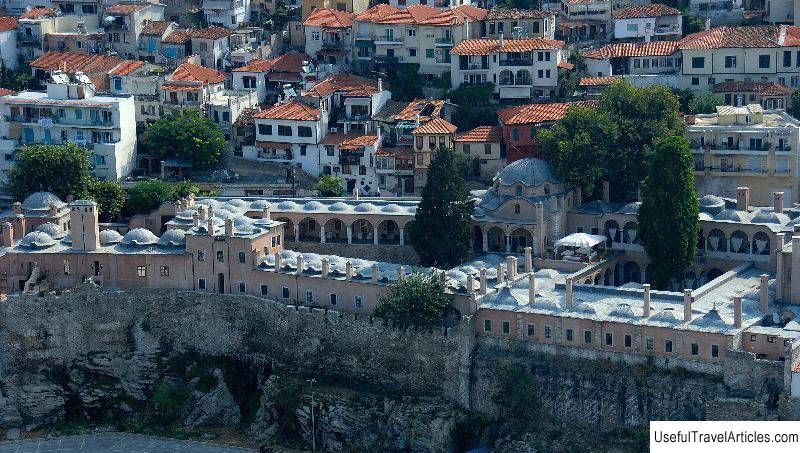Archaeological Museum of Kavala description and photos - Greece: Kavala
Archaeological Museum of Kavala description and photos - Greece: Kavala. Detailed information about the attraction. Description, photographs and a map showing the nearest significant objects. The name in English is Archaeological Museum of Kavala. Photo and descriptionThe Archaeological Museum in Kavala is one of the most interesting and important archaeological museums in Greece and the most significant in Eastern Macedonia. The history of the Kavala Archaeological Museum begins in 1934 with the keeper of antiquities G. Bakalakis from Kavala, who later became a professor at the Aristotle University of Thessaloniki. It was he who created the first archaeological collection in the city, which was housed in a semi-basement in the courthouse. In 1935 the collection was moved to a separate building in Faliro's neoclassical style. During the occupation of the city by the Germans and Bulgarians, the museum was destroyed, and many ancient relics were illegally removed or destroyed. The new opening of the museum took place in 1964 in the building in which it is located today. The building of the museum was built in 1963-1964. designed by architects D. Faturos and G. Triantafyllidis - professor at the Polytechnic School of Aristotle University in Thessaloniki. The museum displays exhibits from the ancient city of Amphipolis, including a marble bust of a woman (4th century BC), a marble stele from the tomb of Ephebus (5th century BC), a large golden ring on a finger and a golden olive wreath found in a Macedonian tomb 1 (3rd century BC), a headless marble statue of a woman dressed in peplos (1st century BC) and a bust of the Roman empress Agrippina. Also in the museum are architectural elements from the sanctuary of the goddess Athena Parthenos from Ancient Neapolis and many different utensils and figurines of the archaic period. The museum contains exhibits of clay and stone dating back to the Neolithic era. The museum also exhibits many relics from different regions of ancient Thrace: clay figurines, sarcophagi, coins of the Macedonian kings, items with black-figure vase painting and much more. Of particular interest are the Cycladic amphora (7th century BC) and the red-figured hydria (4th century BC). Between 1999 and 2000, the museum underwent a major reconstruction, thanks to which the museum expanded and renewed.       We also recommend reading Cascade ”Lion” description and photo - Russia - St. Petersburg: Peterhof Topic: Archaeological Museum of Kavala description and photos - Greece: Kavala. |
